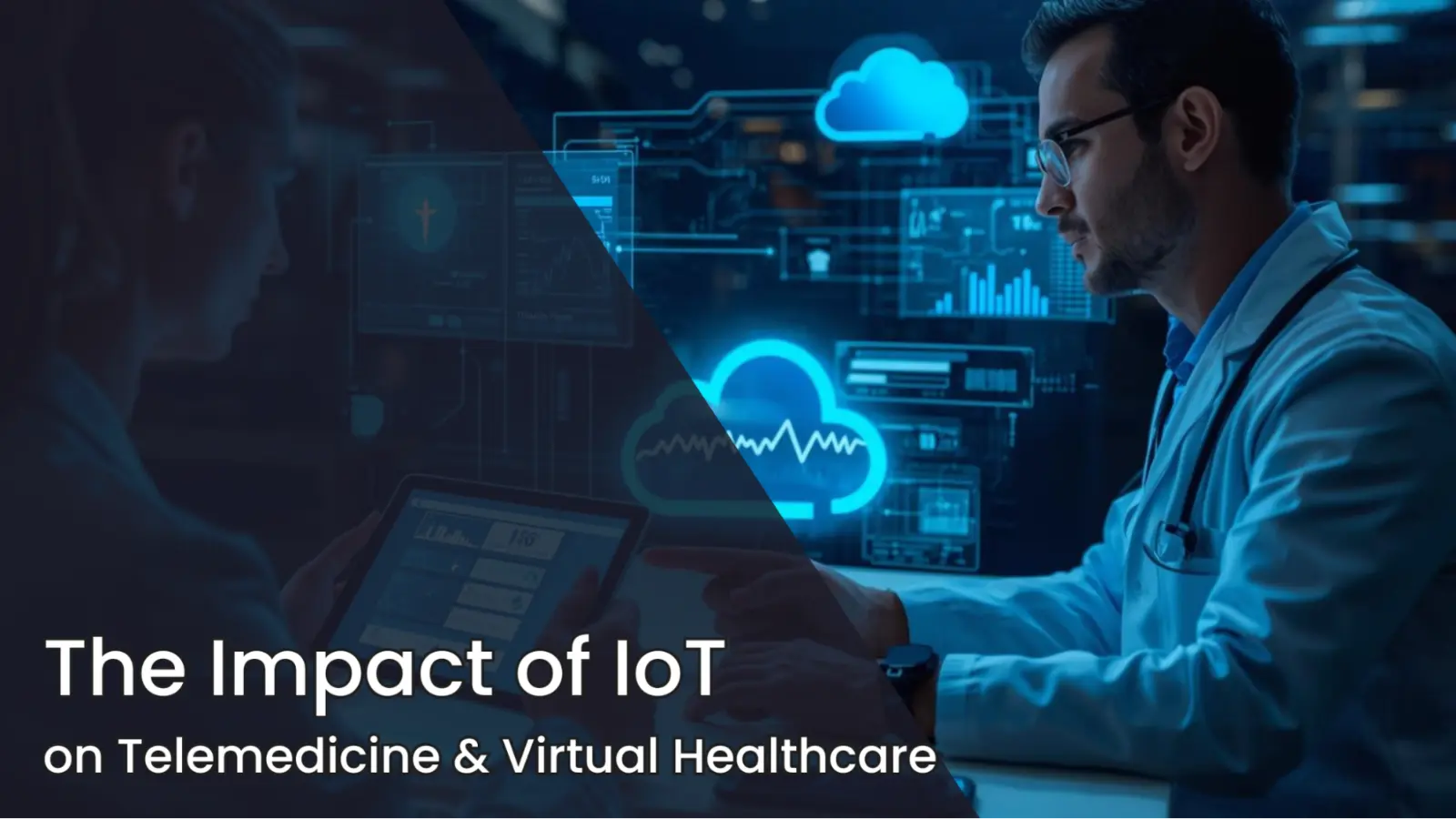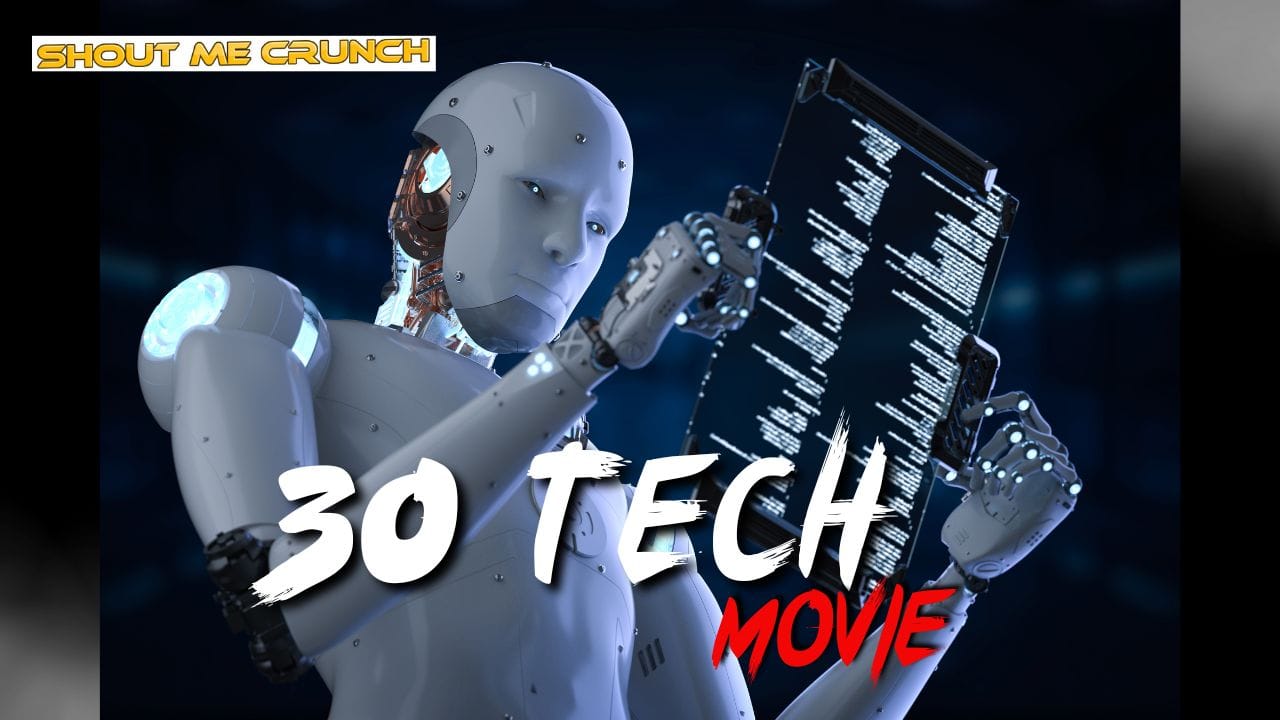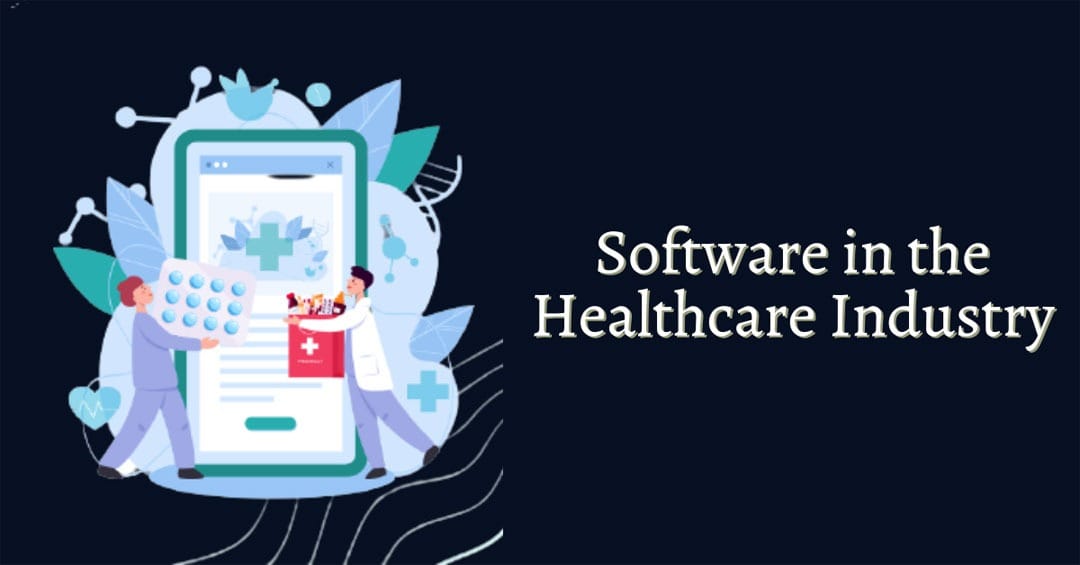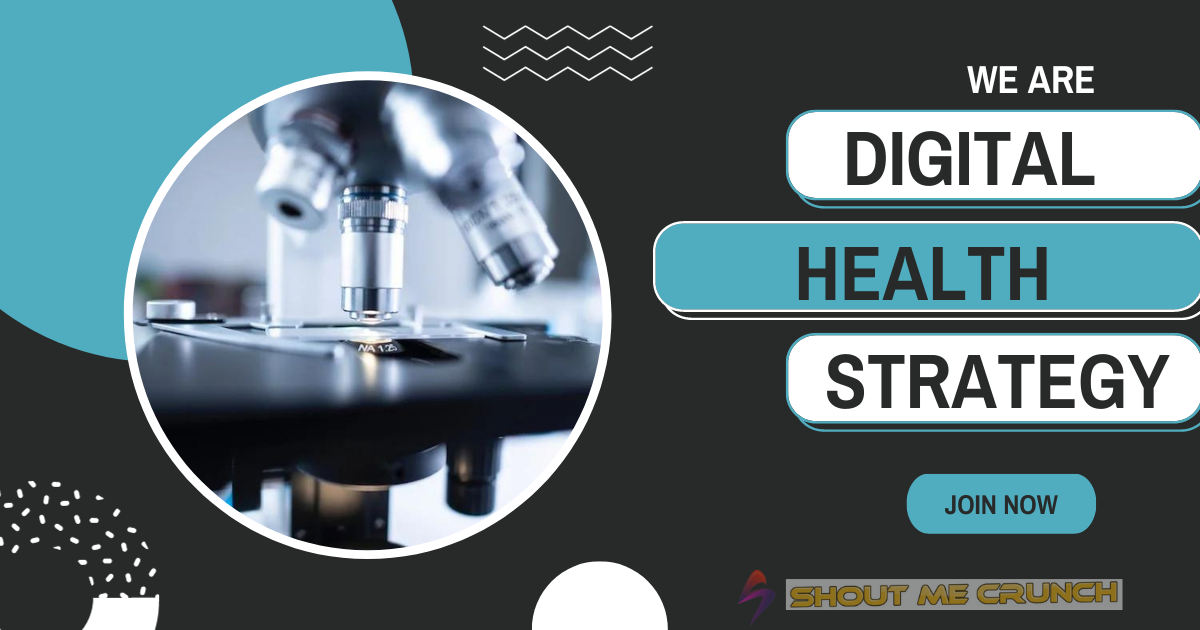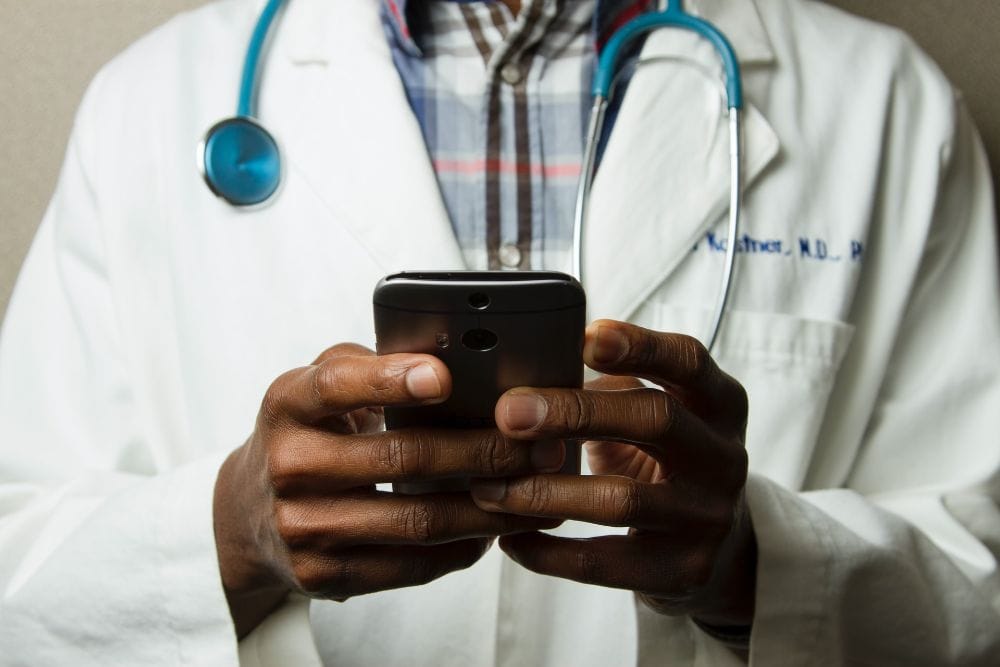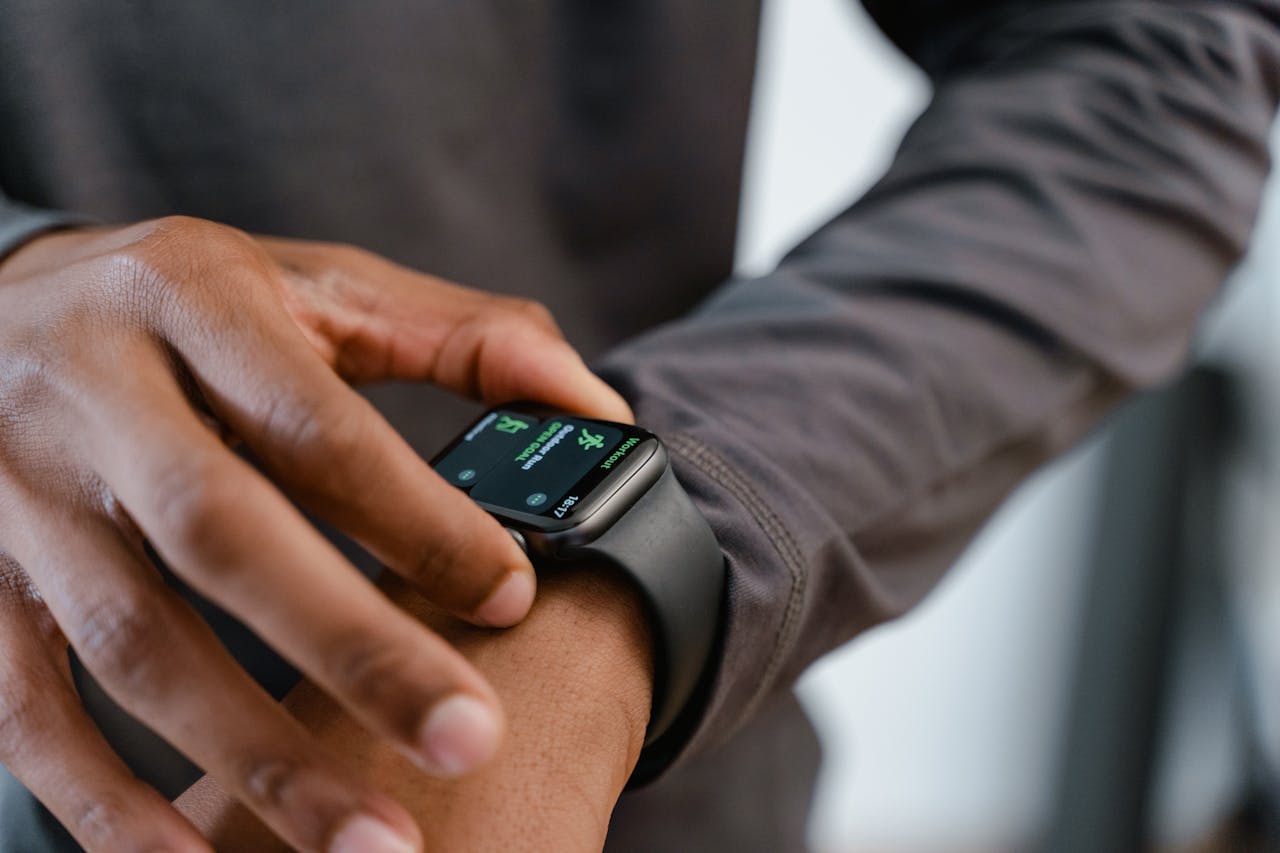You know, if you told my grandma 15 years ago that one day her wristwatch would tattletale on her blood pressure to some doctor sitting miles away—she’d probably laugh you out of the room. But here we are. Watches nag us to stand up, inhalers tell us how often we’re puffing, and even hospital beds are smarter than my first laptop.
That’s the Internet of Things (IoT) in healthcare. Basically a fancy name for all the connected gadgets that quietly spy—oops, I mean track—our health and beam the data back to doctors, apps, or hospitals. Sounds futuristic, but honestly, it’s already slipped into daily life.
Contents
What does IoT in healthcare actually look like in real life?
Okay, picture this:
- You’re diabetic. Instead of stabbing your finger every morning, your glucose sensor quietly reports your sugar levels to your doc.
- Grandpa wears a heart patch that buzzes the hospital if his rhythm goes wonky.
- Hospitals? They’ve got IV pumps that scream “help” before the patient even presses the button.
It’s not just gadgets for the sake of cool tech. It’s constant, real-time data that cuts through the old “wait until your next appointment” problem.
Read also Future SIMs for IoT Devices.
Why is telemedicine suddenly everywhere?

Pandemic or not, let’s be honest: nobody loves waiting rooms. Sitting next to someone coughing their lungs out while you just want a prescription refill? Hard pass.
Telemedicine is basically healthcare’s answer to Netflix—on demand, at home, and without the commute. And when you mix IoT into it? Game changer.
Doctors aren’t just looking at you through a pixelated Zoom call. They’re seeing your vitals, your oxygen levels, your heart rate, maybe even your sleep quality. Before you even say “Hi Doc.”
Quick rundown:
- Real-time consults: video calls + your vitals streaming live.
- Store-and-forward: test results shared online, reviewed later.
- Remote monitoring: your wearable constantly sends health updates.
And patients? They’re eating it up. Rural folks get specialists without bus rides. Busy workers don’t burn a vacation day for a check-up. Companies specializing in health care app development are also leveraging IoT integration to create customized solutions that connect patients, doctors, and devices through user-friendly digital platforms.
Okay but… what’s the catch?
Yeah, nothing’s perfect. Telemedicine and IoT still trip over a few hurdles:
- Data privacy is scary. Nobody wants their heart rate history leaked.
- Devices don’t always “talk” to each other. Glucose app vs hospital system? Good luck.
- Internet gaps—urban folks are fine, but rural areas still struggle.
- And yep, doctors aren’t always thrilled to play tech support on top of being a doctor.
So, yeah, it’s great, but we’re not in utopia yet.
Remote patient monitoring (RPM) — what’s that in plain English?
Think of RPM as a guardian angel that lives in your gadgets. You’re home, but your doctor still has eyes on your health.
Some common tools:
- ECG patches tracking your heartbeat.
- Glucose sensors beaming sugar levels.
- Smart inhalers logging asthma use.
- Pulse oximeters that came into the spotlight during COVID.
The magic is it flips healthcare from reactive (treat when you’re already sick) to proactive (spot it early, stop it fast).
Let’s compare: old-school healthcare vs IoT-powered care
| Feature | Old-School | With IoT |
| Visits | Drag yourself to clinic | Log in from bed |
| Monitoring | Only during check-ups | 24/7, continuous |
| Decisions | Based on symptoms | Based on hard data |
| Costs | Higher (travel, stays) | Lower (remote checks) |
| Access | Location-limited | Wherever Wi-Fi exists |
See the difference? It’s like dial-up vs fiber internet
What’s coming next? The future sounds wild.
We’re not stopping at Fitbits and doctor dashboards. Nope. Future IoT in healthcare looks more like:
- AI + IoT: predicting a heart attack before it happens.
- 5G surgeries: surgeons controlling robots across the globe.
- Hospital-at-home setups: your living room doubles as ICU-lite.
- Blockchain for privacy: maybe the solution to our “please don’t leak my medical records” problem.
It’s less sci-fi now and more like… just around the corner. An skilled IoT App Development Company can assist address many of those demanding situations by way of building secure, scalable, and compliant structures that decorate each usability and safety.
So where does this leave us?
Here’s my honest take: IoT in healthcare is both thrilling and messy. It’s already making life easier for patients, giving doctors better tools, and saving hospitals a ton of resources. But—there’s still the not-so-sexy stuff: privacy, device costs, training, and the simple fact that half the world doesn’t have stable internet yet.
If we figure those out? Telemedicine + IoT won’t just be convenient. It’ll be the backbone of how we do healthcare in the next decade.
My closing ramble
I’ve blogged about tech long enough to spot hype when I see it. And trust me—IoT in healthcare isn’t hype anymore. It’s real, it’s running, and it’s already changing lives.
Sure, sometimes the devices glitch, sometimes grandma refuses to wear the “funny watch,” sometimes doctors roll their eyes at yet another dashboard. But overall? This feels like the start of something big.
And maybe, just maybe, in a few years we’ll laugh at how primitive today’s healthcare still feels.
